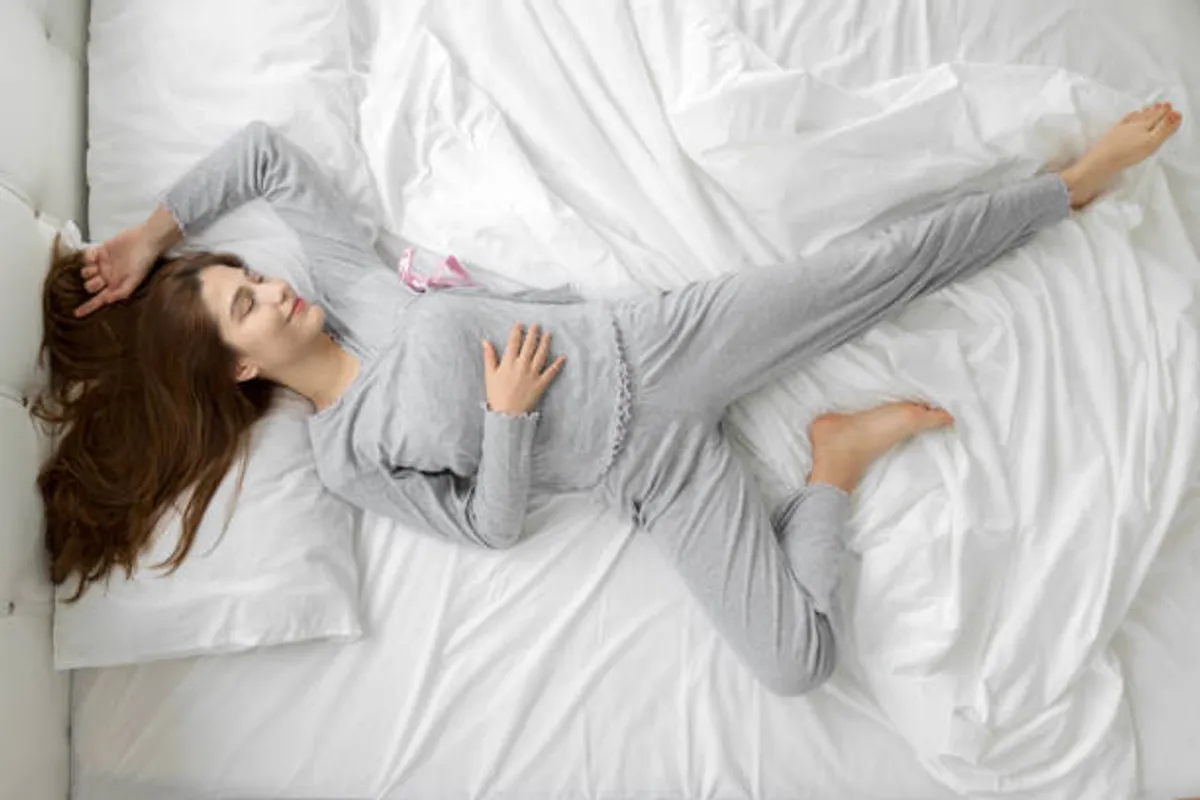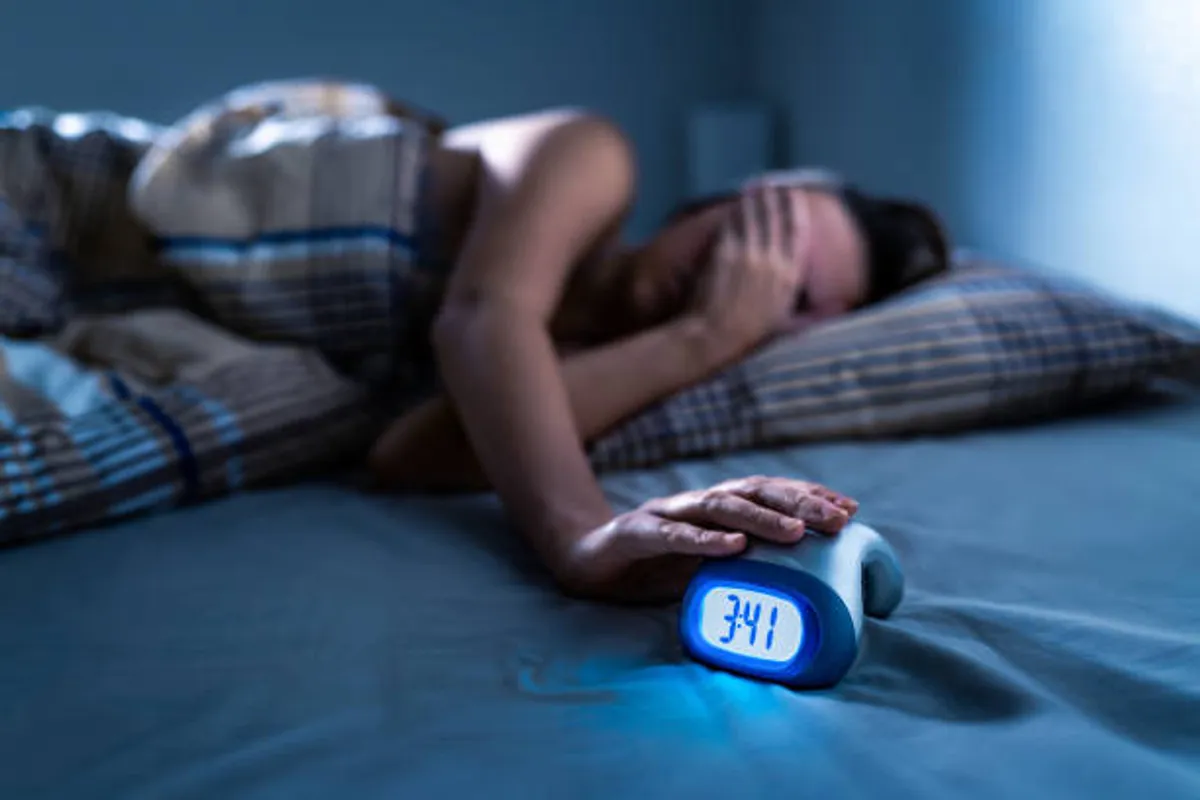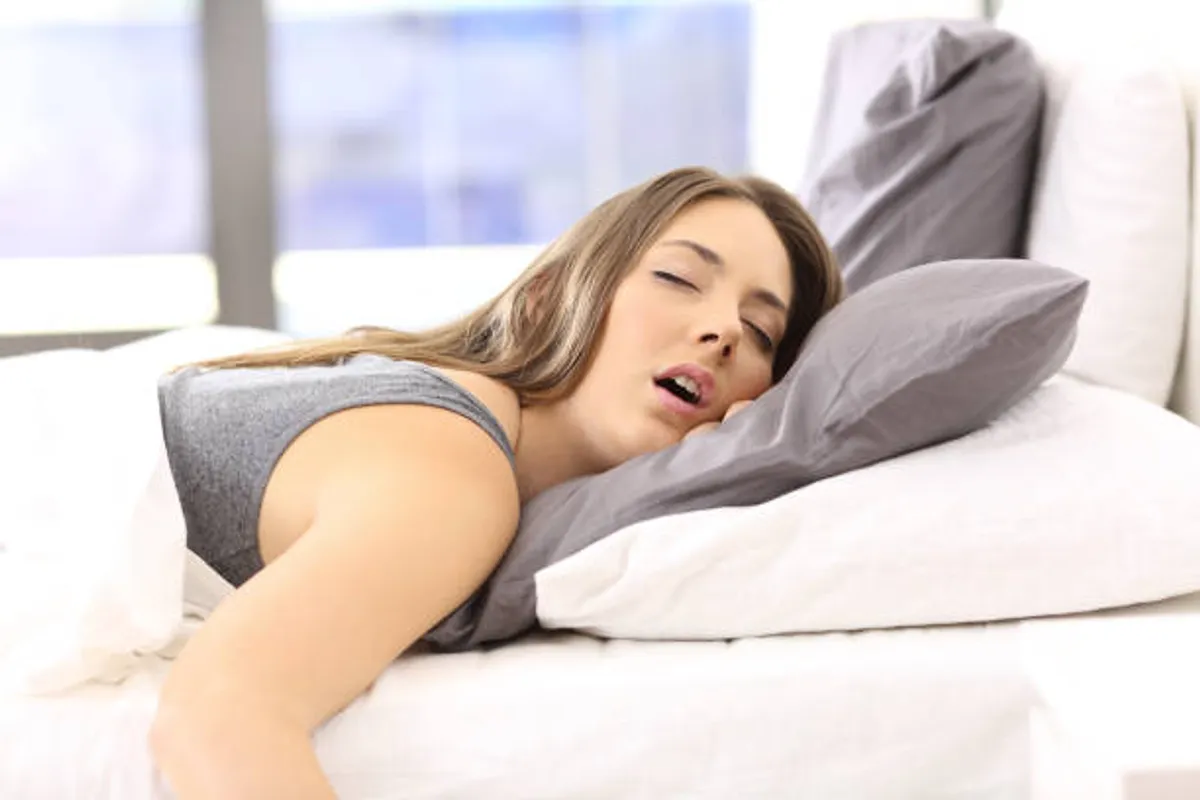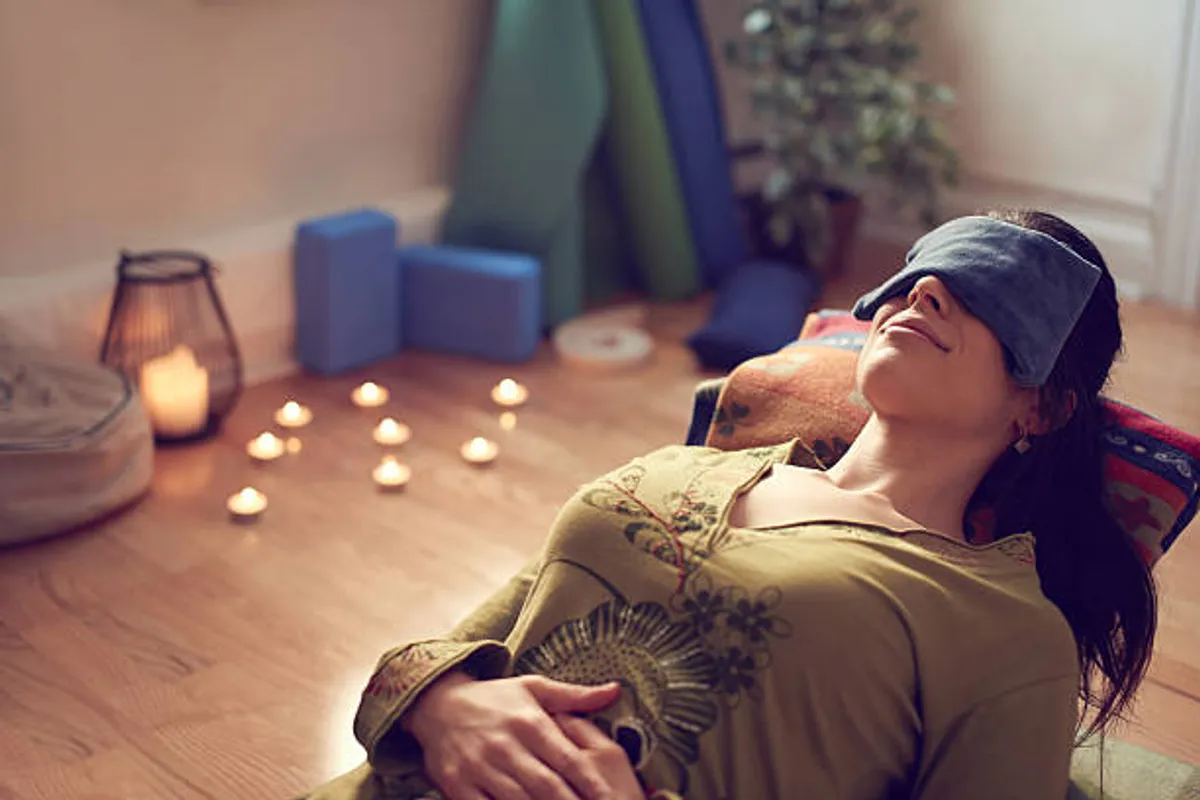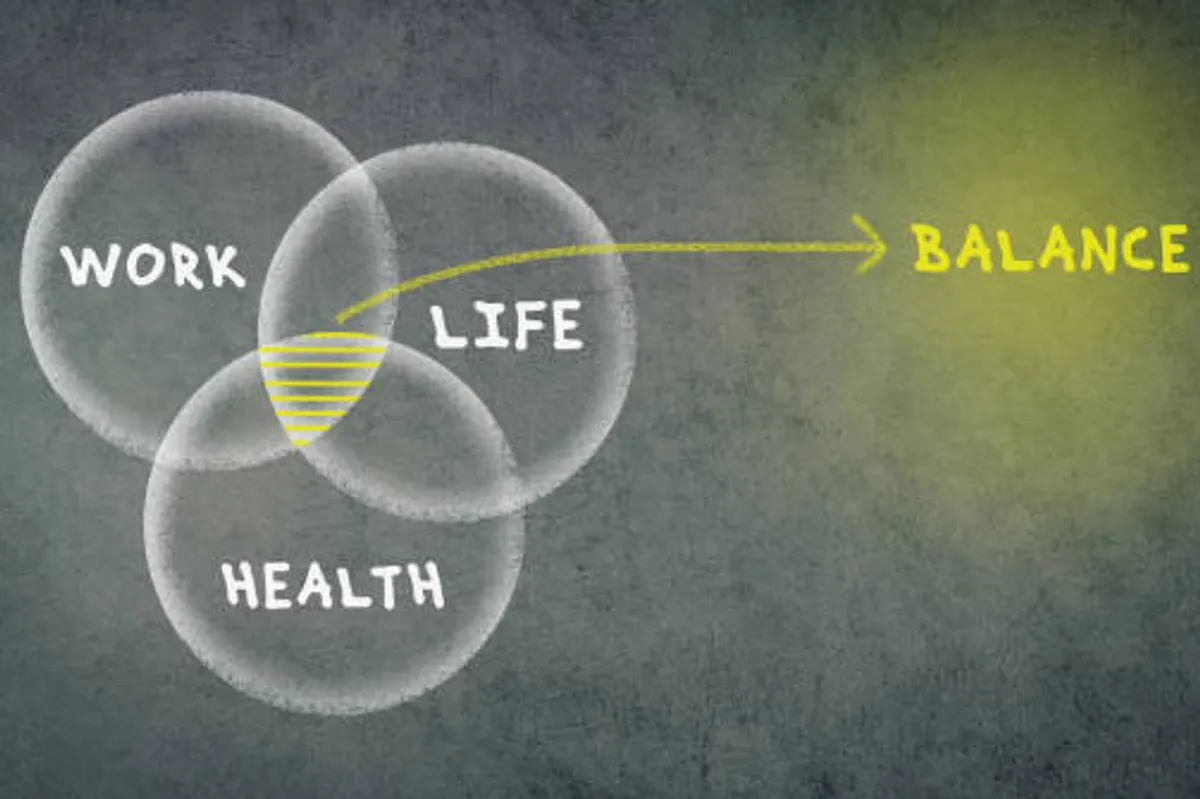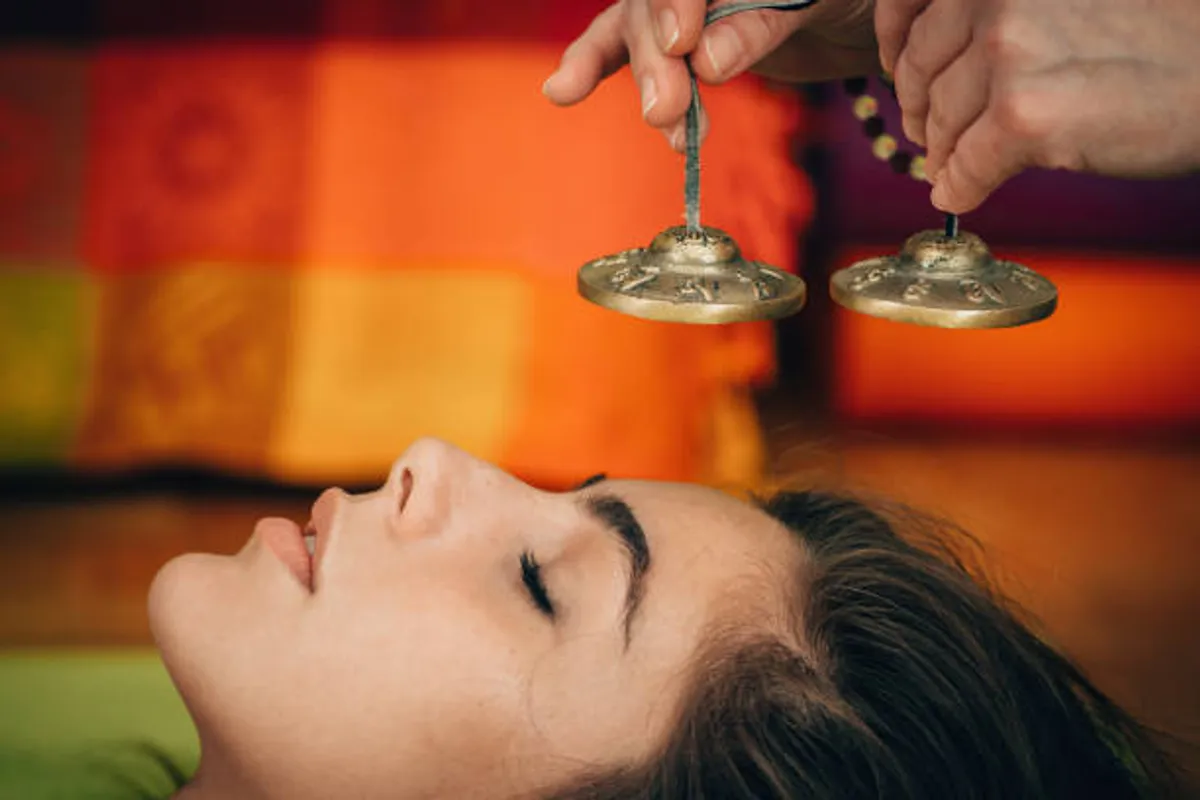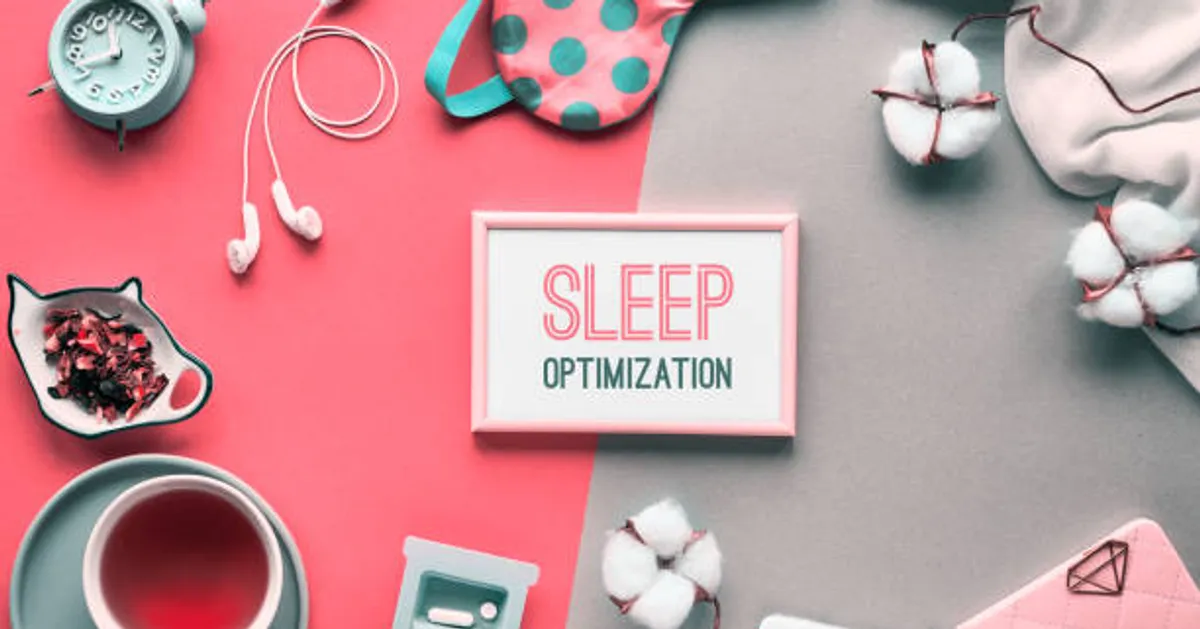
Sleep Optimization Trends in 2025: Tech, Habits & Why It Matters

GeokHub
Contributing Writer
In 2025, sleep is no longer just a nightly routine — it’s a science-driven lifestyle movement. Once overlooked in favor of hustle culture, rest has become the new metric of success. People are tracking not only how long they sleep, but how deeply, how efficiently, and how naturally.
The global sleep industry — now valued at over $500 billion — is thriving with innovations that blend neuroscience, technology, and behavioral health. From AI-driven sleep wearables to smart home ecosystems that adjust temperature and lighting automatically, the goal is simple: help people achieve restorative sleep that fuels both body and mind.
AI-Powered Sleep Tracking Takes the Lead
One of the biggest sleep trends in 2025 is AI-powered optimization. Devices like the Oura Ring Gen4, Whoop 5.0, and Apple Watch Ultra 3 now use advanced biometrics to analyze everything from heart rate variability (HRV) to REM cycle balance.
Unlike older models that simply recorded sleep duration, new AI systems interpret patterns — learning your lifestyle habits, caffeine intake, and even emotional stress levels — to recommend personalized sleep schedules.
Some platforms, like Google’s Sleep Sense and Eight Sleep’s AI Mattress, go a step further by adjusting bed temperature, sound, and lighting throughout the night in real-time. The result? Higher-quality rest without the guesswork.
Circadian Lighting: Light That Works With You, Not Against You
Lighting has become a central focus of sleep science. Researchers have confirmed that artificial light — especially from phones and laptops — disrupts melatonin production.
In 2025, circadian lighting systems are taking over modern homes. Smart bulbs now shift color temperatures automatically: cool white during the day to boost focus, and warm amber tones in the evening to cue the body for rest.
Companies like Philips Hue, Nanoleaf, and Casper Glow have turned lighting into a natural wellness tool, syncing indoor environments with the body’s biological clock. It’s the kind of tech that quietly supports healthier sleep without demanding new habits.
The Return of Natural Sleep Rituals
While tech innovations dominate the headlines, natural sleep rituals are making a comeback. Across wellness communities, people are rediscovering the power of small, consistent habits — like nighttime journaling, guided breathing, and digital detoxing before bed.
The “Slow Sleep Movement,” as it’s called, promotes mindful wind-down routines instead of relying solely on gadgets. Herbal teas, aromatherapy diffusers, and soft soundscapes have regained popularity for their ability to ease the nervous system.
Experts note that even 20 minutes away from screens before bedtime can improve sleep quality dramatically — a reminder that simplicity still works in a high-tech world.
Sleep and Mental Health: The Deep Connection
In 2025, the link between sleep and mental health has become undeniable. Sleep deprivation is now recognized as both a symptom and a cause of anxiety, depression, and burnout.
AI wellness platforms and digital therapy apps are integrating sleep tracking into their systems, helping users identify how emotional states affect sleep cycles — and vice versa. This holistic view means that rest is no longer seen as passive; it’s a form of active self-care that strengthens emotional resilience and cognitive clarity.
Corporate Wellness: The Rise of Sleep-Friendly Work Culture
Companies have started to realize that rested employees are more creative and productive. Global firms are introducing sleep-focused policies — from nap pods and flexible work hours to “digital sunset” programs that discourage late-night emails.
Tech giants like Microsoft, Salesforce, and Spotify have even partnered with sleep science institutes to help workers maintain healthy circadian rhythms. Sleep, once a private matter, is now part of the workplace well-being equation.
What’s Next: From Tracking to Transformation
The future of sleep optimization lies in predictive and preventative care. Instead of reacting to fatigue, future technologies will detect micro-patterns in your data to predict burnout before it happens.
Imagine a smart system that senses mental exhaustion, dims the lights, and plays gentle music before you even realize you’re tired. That’s where AI-driven wellness is heading — from tracking to transformation.
Final Thought
Sleep in 2025 is no longer about counting hours — it’s about quality, rhythm, and balance. With the right mix of technology and intentional habits, we’re finally learning how to rest smarter, not longer.
As science continues to unlock the mysteries of the human brain, one thing is certain: the future belongs to those who respect their sleep.
Affiliate disclosure: This article contains affiliate links. If you purchase through them, I may earn a small commission at no extra cost to you, thank you.
